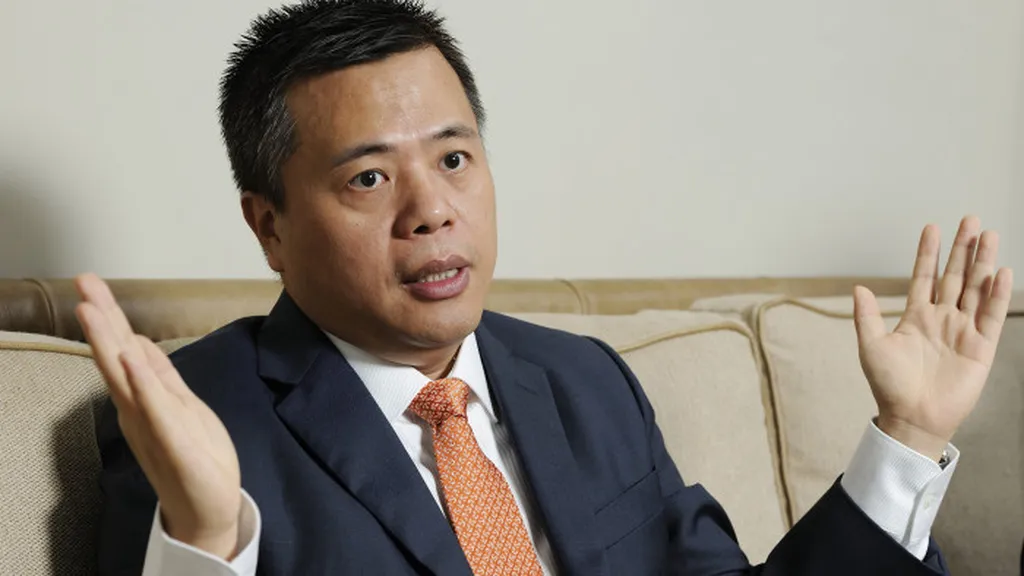The construction industry is undergoing a quiet revolution, one that’s reshaping how contractors approach technology and, ultimately, how they build. At the heart of this shift is the rise of subscription-based models, a trend that’s rapidly gaining traction across both hardware and software solutions. This isn’t just about convenience—it’s about staying competitive in an increasingly tech-driven market.
Subscription models are transforming the way contractors access and utilize technology. By shifting from one-time purchases or perpetual licenses to flexible, recurring payments, contractors gain access to cutting-edge tools without the hefty upfront costs. This model is particularly appealing in an industry where staying current with technology can mean the difference between winning a bid or falling behind.
The numbers tell a compelling story. According to Global Market Insights, the global construction software-as-a-service market was valued at $13.3 billion in 2023 and is projected to grow at a compound annual growth rate of over 10.8% between 2024 and 2032. This growth isn’t just about software; it’s about a fundamental shift in how contractors approach technology investment.
For contractors, the advantages are clear. Subscriptions offer cost predictability, scalability, and convenience. They allow contractors to standardize processes across their organizations, ensuring that everyone is working with the same tools and technologies. This consistency is crucial for efficiency and accuracy, especially in an industry where margins are tight and deadlines are tight.
But perhaps the most significant advantage is the ability to stay at the forefront of technology adoption. In an industry where innovation is constant, falling behind can be costly. Machine control, for instance, is no longer a futuristic concept—it’s here, and contractors who aren’t integrating these solutions risk being left behind. Spreadsheets and paper-based processes, once the norm, now put contractors at a disadvantage against competitors leveraging specialized software for estimating, operations, equipment maintenance, and financial management.
The subscription model also addresses a critical challenge in the construction industry: attracting and retaining talent. Younger employees, in particular, expect advanced technology as part of their workplace. By adopting subscription-based models, contractors can create a more appealing work environment, making it easier to recruit and retain skilled labor.
One of the most compelling aspects of the subscription model is its affordability. By bundling everything contractors need—hardware, software, maintenance, protection plans, and cellular connectivity—into a single, manageable monthly payment, subscriptions reduce the upfront investment typically required for new technology. This shift from capital expense to operational cost supports business growth, cost control, and competitiveness in a tight market.
Tiered subscription offerings further enhance this flexibility. Contractors can choose to purchase their hardware outright or bring their own and subscribe to the level of software, protection plans, and hardware services that fit their business needs. This approach allows contractors to purchase only what they need, spread payments out over time, and adjust their subscriptions as their requirements evolve.
The cost benefits are substantial. For smaller contractors, this model lowers the cost of entry, allowing them to adopt state-of-the-art hardware and software that might otherwise be out of reach. It also helps them achieve lower long-term debt ratios and improve their overall credit ratings. Larger organizations may achieve faster internal approval cycles when the costs hit monthly operational budgets instead of capital expense budgets.
Technology assurance is another key benefit. With technology evolving rapidly, staying current with the latest innovations—from machine learning and predictive analytics to enhanced user interfaces and data processing capabilities—helps contractors maintain a competitive edge and improve profitability. Subscriptions ensure that contractors always have access to the newest tools and functionalities as soon as they are released.
Cloud hosting of software further reduces costs and risks. By minimizing the need for contractors to purchase and maintain hardware and IT infrastructure, cloud solutions offer sophisticated cybersecurity protections with continuous, automatic updates. This not only reduces upfront and ongoing costs but also enhances data security.
The real-world impact of these benefits is evident in companies like Stutsman-Gerbaz, a Colorado-based civil contractor. By leveraging technology subscription services, Stutsman-Gerbaz has been able to run its business more efficiently and effectively. Machine control solutions, in particular, have provided significant benefits, allowing the company to do more work in less time with greater accuracy while keeping indirect expenses the same or even lower.
Stutsman-Gerbaz’s experience underscores the broader advantages of the subscription model. The company has seen a dramatic increase in productivity, from running seven jobs daily five years ago to 15 today. This boost in efficiency is a direct result of having all operators running on the same platform, ensuring consistency and compatibility across different machines.
The subscription model also ensures that contractors can keep current with new sensors, harnesses, cables, and software upgrades on desktops, rovers, and tablets. This automatic updating process eliminates the need for contractors to manage these upgrades themselves, providing genuine

